By Cindy Tan, Physiotherapist, Back2Sports
For people who sprain their ankle repeatedly, it is not uncommon to experience clicking on the outside of their ankle. This phenomenon – known as "snapping" ankle or slipping peroneal tendon – arises from the peroneal tendons slipping in and out of the groove behind the bone on the outside of the ankle. Medically, it's known as peroneal subluxation.
Anatomy
The peroneal muscles are made of 2 muscles and lie on the outside of the ankle. They assist in pointing the foot downwards and outwards. These two muscles run through a groove behind the lateral malleolus and are kept within the groove by a sheath. This complex is then reinforced by a ligament-like structure known as a rectinaculum, preventing the tendon from slipping out of the groove.
Why do I get this problem?
When you roll your ankle outwards, it may stretch the peroneal tendons forcefully, causing tears in the rectinaculum. This compromises the integrity of the complex, allowing the tendon to slip in and out of groove. In some cases, there is a structural defect – some people are born with a shallow groove – that causes the slipping.
Diagnosis and management
Diagnosing a peroneal subluxation requires a close examination of the ankle. An experienced sports physician, orthopedic surgeon or sports physiotherapist would normally assess the ankle in all ranges to check whether the tendon would slip out. Another common test would be a resisted up-pointing and out-turning of the ankle. This could cause the tendon to thicken and slip out of the groove and can be felt at the back of the lateral malleolus. Pain, tenderness and swelling may also be observed over the tendon behind the rectinaculum.
The first choice of management for a peroneal subluxation is rehabilitative physiotherapy. In acute stages, the aim is to prevent further aggravation to the strain on the rectinaculum and a cast might be used for the first 4-6 weeks. During that period, gentle stretching of the tendon and range of movement is advised to prevent stiffening of the ankle. Ultrasound and cryotherapy may also be used to help manage the pain and swelling if present. Following the protective phase, proprioceptive training and eccentric strengthening exercises of the peroneal tendons are essential to prevent recurrence.
50% of acute subluxations tend to recur in active athletes. This would normally result in either surgery or a retirement from the sport. There are 3 common surgical techniques – rectinaculum repair, groove reconstruction orcConstruction of a bony block. Post-surgical physiotherapy will be essential to get you back to sport.
Post-surgical management
A 3-6 week immobilization period will follow after surgery. Once the cast is removed, the main goal of rehabilitation in the first 4 weeks is to achieve a full range of movement in your ankle. If pain is present, pain-control modalities like ultrasound and TENS may be used. Building up the strength and proprioception of the ankle with exercises like calf raises and single leg stand (eyes open/ eyes closed) would normally start about the same time. This will typically progress from standing on stable ground to a rocker board, followed by a wobble board, then to agility drills. Only when one achieves full range of movement, good strength and ability to complete sports-specific agility drills will one be allowed to return to sports.
Back2Sports – Sports Injury Management is a division of the Core Concepts Group, a leading musculo-skeletal therapy specialist group in Singapore.

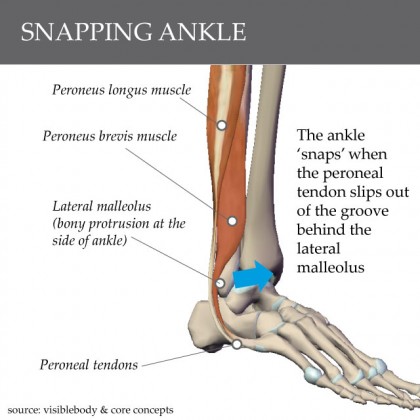
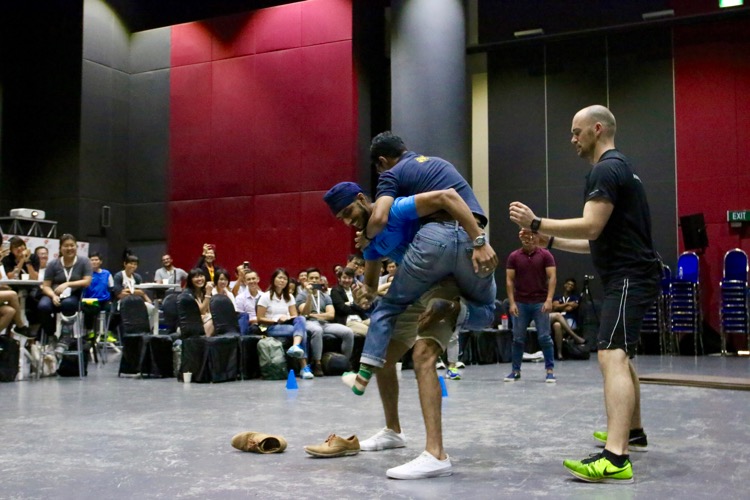

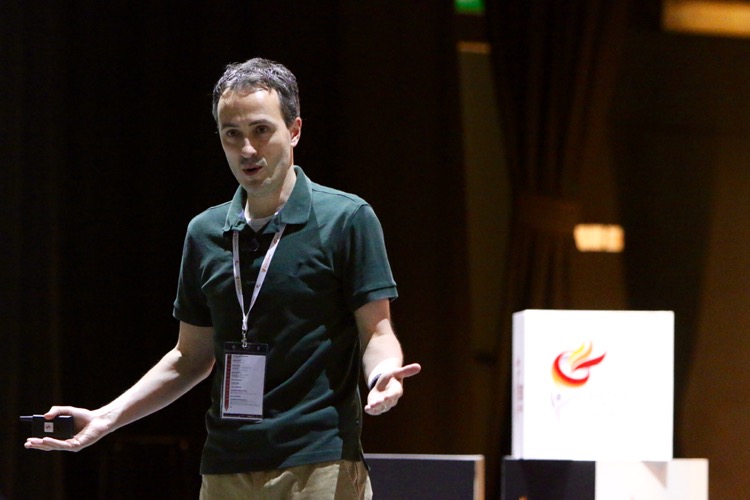
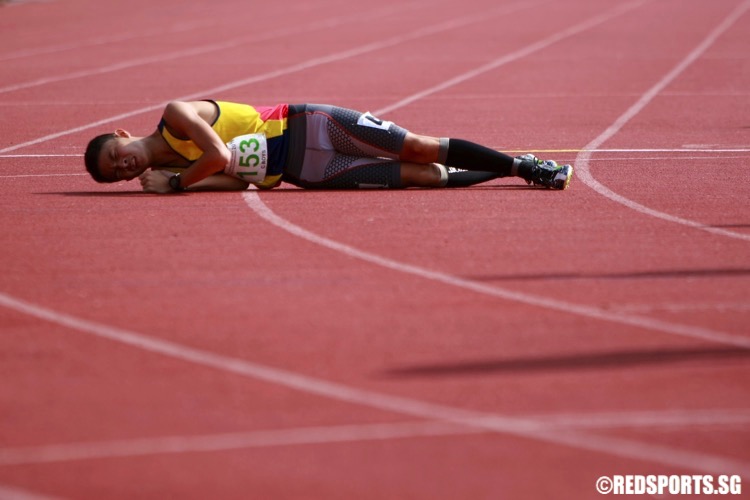
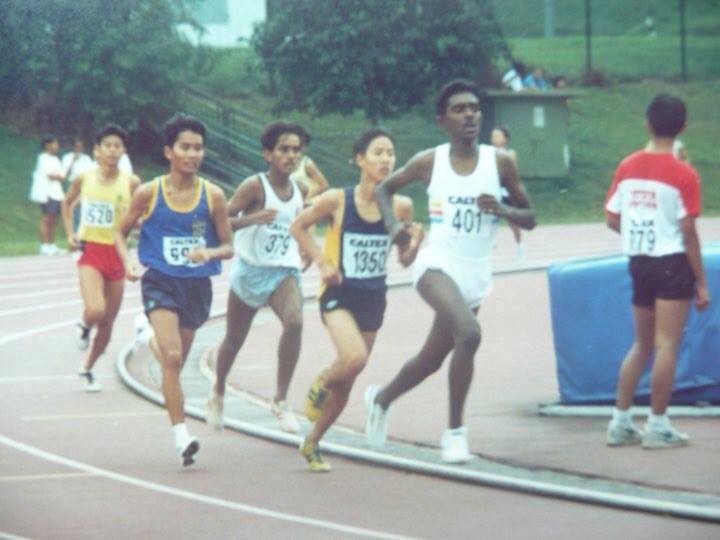
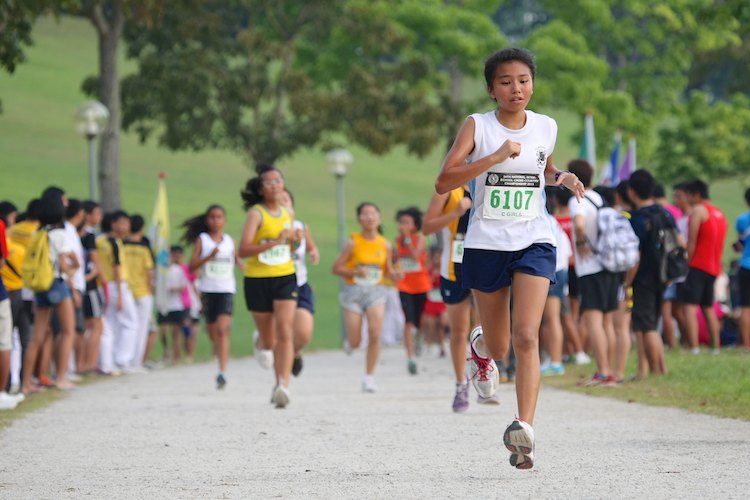
I injured my ankle while playing.
And it turns out that it’s the snapping ankle syndrome
It is halfway through the healing process..
The frequency of the snapping has decreased a lot
How can I rehab my ankle to it’s former strength?
Pls help?